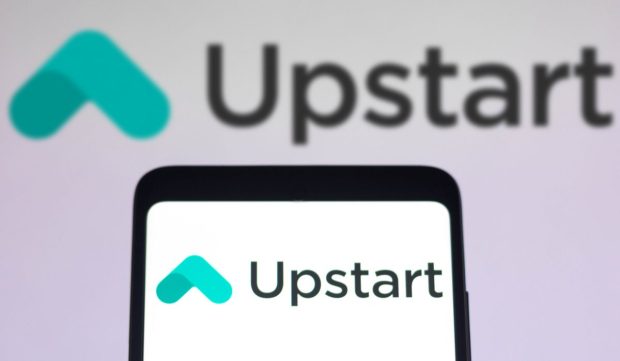Upstart Plunges as Rising Interest Rates Crush Loan Demand

Shares of AI-lending platform Upstart plunged more than 20% Tuesday (Nov 8) evening after the company said rising interest rates and a slowing economy saw its tally of new loans cut in half.
At the same time, the company’s third-quarter earnings report showed total revenue fell 31% from a year ago, marking the second quarter in a row that the company delivered deeply disappointing earnings results, extending a slump in its stock price that has already fallen more than 90% this year.
“Higher interest rates and significantly elevated risk in the economy means we’re approving about 40% fewer applicants than we would have a year ago,” Upstart co-founder and CEO Dave Girouard told analysts on the company’s Q3 earnings call, noting that the loans that were approved are seeing offers that are about 800 basis points — or 8 percentage points — higher than they were a year ago. “This accounts for the vast majority of the reduction in volume,” he added, in relation to a 48% drop in loan originations to $1.9 billion.
The earnings come as new data from the Federal Reserve shows the pace of consumer borrowing slowing due to rising interest rates. As PYMNTS reported earlier this week, commercial bank interest rates were at 16.3% on credit card loans, rising from 14.5% in 2021’s third quarter.
The Fed’s news was a bit more palatable when it came to personal loans, where the average rate was 10.2% on a 24-month loan, although that, too, was an increase of 9.4% in the third quarter of 2021.
Read more: Consumers Still Tapping Cards to Spend but Credit Growth Slows
The key takeaways are that, while monthly obligations are growing, the pace is slowing, and pairing the Fed’s data with PYMNTS’ own research may offer insights into why.
Most consumers now live paycheck to paycheck — more than 60% — while 55% have limited spending capacity. Thus, it makes sense that people would be more cautious about taking on new financial obligations.
It’s also worth noting that other PYMNTS reports have shown that paycheck-to-paycheck consumers are three times as likely to revolve credit card debt and carry higher monthly balances overall.
For cardholders living paycheck to paycheck, 34% of those with no issue paying monthly bills and 47% of those who have trouble paying their bills say they “always” or “usually” have a revolving balance. Among consumers who don’t live paycheck to paycheck, just 12% say they “always” or “usually” revolve credit.
That means most of that credit card debt is being carried by consumers who have taken on revolving debt and are increasingly hindered by that debt.
